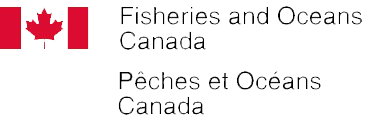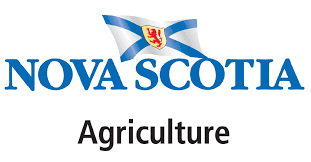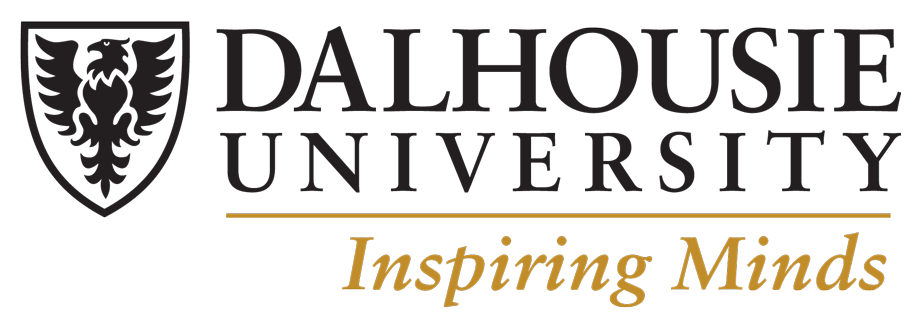Restoring Nature’s Balance: The Converse Managed Realignment Story
On the Bay of Fundy, you’ll find our living laboratory for nature-based climate adaptations: The Converse Marsh Restoration Site. Here, science and community come together to explore how managed realignment—the intentional breaching of a coastal dyke—can restore protect agricultural land, restore lost tidal wetlands, enhance biodiversity, and strengthen resilience against sea-level rise.
The Bay of Fundy is home to the highest tides in the world, creating vast intertidal zones of mudflats and salt marshes that naturally protect coastlines. The Mi'kmaq have maintained a stewardship relationship with the Bay of Fundy for over 10,000 years, making it culturally significant to Mi'kmaw identity, language, and traditions. Located on the Missaguash River, the Converse Marsh site has been a transportation route for the Mi’kmaq. Hundreds of years of dyke construction altered these landscapes, leading to habitat loss and increased flood vulnerability.
Once dyked and heavily used for hay farming, agriculture on the site slowed throughout the 1900s. The vulnerable dykes needed maintenance and upgrades to continue to protect surrounding infrastructure, such as the Trans-Canada Highway, the Beaubassin and Fort Lawrence National Historic Sites, and nearby active farmland. The site provided an opportunity to
Built a new dyke inland. The old dyke was then strategically breached, allowing a tidal wetland to be restored.
The Converse project represents a new chapter that embraces nature’s processes to safeguard the future.
Unique opportunity to accomplish multiple habitat and climate change adaptation goals: restored 15.4 Ha of ecologically significant wetland habitat including significant migratory bird species: increased shoreline and coastal infrastructure resiliency to climate change; decreased dyke maintenance costs; and research and educational opportunities.
A New Approach: Managed Realignment
Managed realignment (MR) is a nature-based solution that allows seawater to flow back into areas once cut off by dykes, gradually re-establishing salt marsh ecosystems. By letting the tides return, sediment and vegetation begin to rebuild the natural buffer that protects coastal communities.
This approach has been widely applied in Europe, but only recently gained traction in Canada. The Converse site is one of the first large-scale managed realignment projects in the Bay of Fundy, offering invaluable insight into how sediment dynamics shape the success of restoration efforts.
Understanding Sediment: The Foundation of Wetland Success
For a restored tidal wetland to thrive, it must build elevation through sediment accumulation, keeping pace with rising sea levels. Researchers at Saint Mary’s University and their partners used advanced field monitoring and computer modelling (Delft3D-FM) to track how sediment moves through the breached dyke and settles across the flooded land.
Over six tidal cycles, they measured water levels, current speeds, and suspended sediment concentrations to capture the complex story of how the landscape responds to the returning tides. The findings showed that sedimentation rates at Converse are on par with, or slightly higher than, local sea-level rise, suggesting that the marsh is naturally sustainable and poised for long-term success.
Key Findings: Nature Doing the Work
Rapid sediment deposition creates a stable foundation for salt marsh plants to take root.
Flow patterns shaped by tidal channels and ditches direct how and where sediment settles.
Sustained sediment supply from the Bay of Fundy supports ongoing marsh growth.
Modelling and field data together reveal that managed realignment can effectively restore ecological function.
These insights are critical for future projects across Atlantic Canada and beyond, helping coastal managers design smarter, site-specific restoration strategies.
From Research to Resilience
The Converse Managed Realignment project stands as a proof of concept for how nature-based solutions can work with, not against, natural forces. The newly formed tidal wetlands not only store carbon and support biodiversity but also provide a natural defense against storm surges and flooding.
While the site is still in the early “preparation phase” of marsh development—with limited vegetation so far—the groundwork has been laid for salt marsh plants to thrive in the coming years. As sediment continues to accumulate and vegetation takes hold, the site will evolve into a vibrant, self-sustaining ecosystem.
Looking Ahead
The Converse project is just the beginning. Continued monitoring and research will help refine how managed realignment can be applied across other coastal sites facing similar challenges. Future studies will examine how vegetation growth affects sediment trapping, and how these restored marshes adapt under long-term climate change.
By combining rigorous science, community collaboration, and respect for natural processes, Converse is setting a new standard for coastal restoration in Canada—proving that with time, patience, and understanding, nature can heal itself when given the chance.








